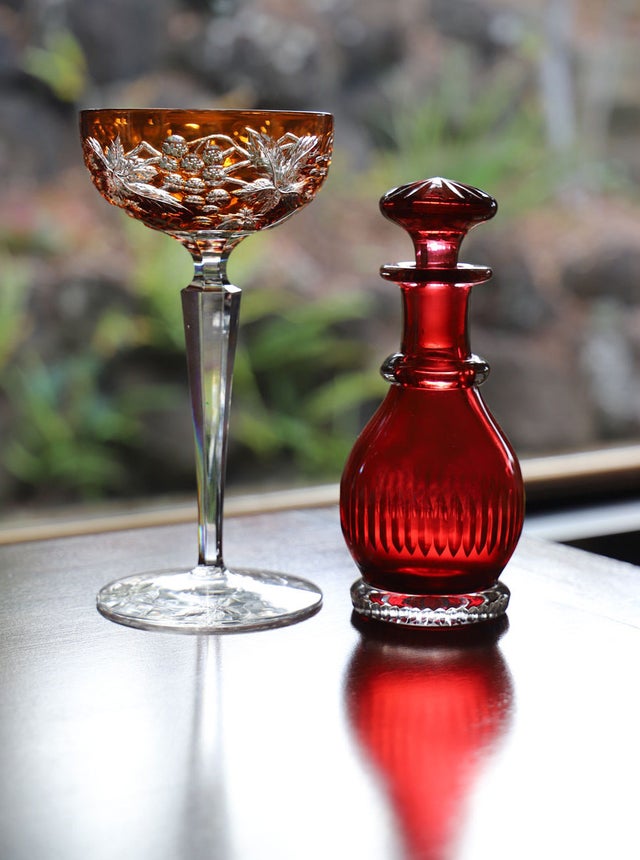Still-Life Transparent & Reflective Surfaces , Esk, February FULLY BOOKED
Saturday - Sunday February 27-28
Somerset Art Society Inc.
Day 1: Glass: We will look at transparent objects such as vases, tumblers and bottles, then learn how to paint the distortions that happen when items overlap and change colour etc.
Day 2: Reflective surfaces: Shiny, metallic and ceramic objects are the focus for this day. Learn how to paint the interesting shapes and patterns that are reflected onto these surfaces.
References to trace will be provided. If time permits, there will also be free choice to paint from a range of references Jan will supply.
Venue: St Agnus Church Hall, Esk 10am - 4pm Saturday, 9am -3pm Sunday
Contact and book: Workshop Coordinator- Joanne Hegney
Email: [email protected] Phone: 0418 313 585
https://www.sasiart.com.au/workshops
What to Bring:
Paints –Bring a range of professional quality watercolours with a variety of colours in your preferred brand. A tube of Neutral Tint would be handy.
Paper –You will require 300gsm Cold Pressed watercolour paper in Smooth, Medium or Rough. My recommendation is to buy a watercolour block as the paper is already stretched. ¼ or ½ sheet size is fine. Quality brands are Arches or Saunders Waterford. Student quality paper just doesn’t work well. Make sure the paper is 100% Cotton.
Brushes - Bring whatever watercolour brushes you already own, but include at least two ‘rounds’ with a sharp point (one small and one larger), plus a larger ‘mop’ brush or hake for backgrounds. There are so many good brushes on the market I won’t specify any particular brand, but just make sure they are designated watercolour brushes (i.e. they should have short handles and be natural hair or taklon, not hog bristles!)
Palette – The large plastic palettes with lots of wells and a lid are my recommendation. Make sure it has a large enough mixing area.
Board –Larger than your paper and something to prop up under one end for working at an angle.
Other Necessities – Drawing equipment (pencils, eraser, ruler etc, plus pen and paper for taking notes), 1 sheet of graphite transfer paper (not carbon paper), an old towel or hand towel, tissues, 2 plastic containers for water, and masking tape. A medicine dropper or plastic pipette for squirting small amounts of water would also be handy.
If you have any questions about this list, feel free to contact me. Looking forward to painting with you!
